Ematurga atomaria
(Linnaeus, 1758)
-
 Subfamily: Ennominae, Boarmiini
Subfamily: Ennominae, Boarmiini -
 Wingspan: 22-34 mm
Wingspan: 22-34 mm -
 Flight period: Apr - Sep
Flight period: Apr - Sep -
 Spread: Common
Spread: Common -
 Host plants: Poliphagous
Host plants: Poliphagous
Information
The Ematurga atomaria also callede Common Heath is a moth of the Geometridae family, subfamily Ennominae, with a wingspan of 22-34 mm.
It is distributed throughout Europe (excluding Iceland) *.
In Italy it is also present in the islands. *
The front wings of the Ematurga atomaria are of variable color. Normally the males have a dark yellow base color with four longitudinal serrated lines
reddish brown or brown in color, a band in the color of the longitudinal lines is often visible which joins from the edge to the line present in the postdiscal region.
In females, the background color tends to be lighter, often cream or white.
The color, in any case, can vary considerably and specimens can be found, as already mentioned, in a washed-out white color with brown designs.
more or less relevant; sometimes the drawings cover the wings bringing the color to a uniform brown. **
The edge of the wings is fringed , whit brown and white checkered .
Head, thorax and abdomen are in the background color of the wings with intense dusting of brown or brown / reddish. **
Normally bivoltine in Europe, it can be monovoltine in fact it flies in one or two generations depending on the latitud,e respectively
from April to June and from August to September.
The Ematurga atomaria frequents different habitats, from heaths, fallows, dry meadows and peat bogs.
The sexual dimorphism, in addition to the color, is highlighted by the antennae, which in the male are comb-like, while in the females they are filiform.
The eggs are elongated, slightly knurled, initially they are green in color subsequently they are white with curved lines of brown color.
Often, if possible, they are deposited on small cracks in the bark of trees.
Like adults, the larvae have different colors ranging from green with pinkish lateral lines, or brown with yellow lateral lines, or even green / greyish.
with whitish lateral bands, etc. and they often have a variable dorsal pattern on each segment. **
The pupa is reddish brown, the Cremaster is filiform and elongated with the terminal part divided in two.
The host plants belong to different families, Asteraceae, such as Artemisia, Dipsacaceae such as Scabiosa sp., Ericaceae such as Calluna sp. is
Fabaceae such as Coronilla sp., Cytisus scoparius, and Lotus corniculatus and Trifolium sp.
* Lepidoptera mundi https://lepidoptera.eu/ - Fauna Europea https://fauna-eu.org/
** Bestimmungshilfe für die in Europa nachgewiesenen Schmetterlingsarten - http://lepiforum.de/
*** Roland Robineau, Guide de papillons nocturne de France, Delachaux et Niestlé, 2011 p.81

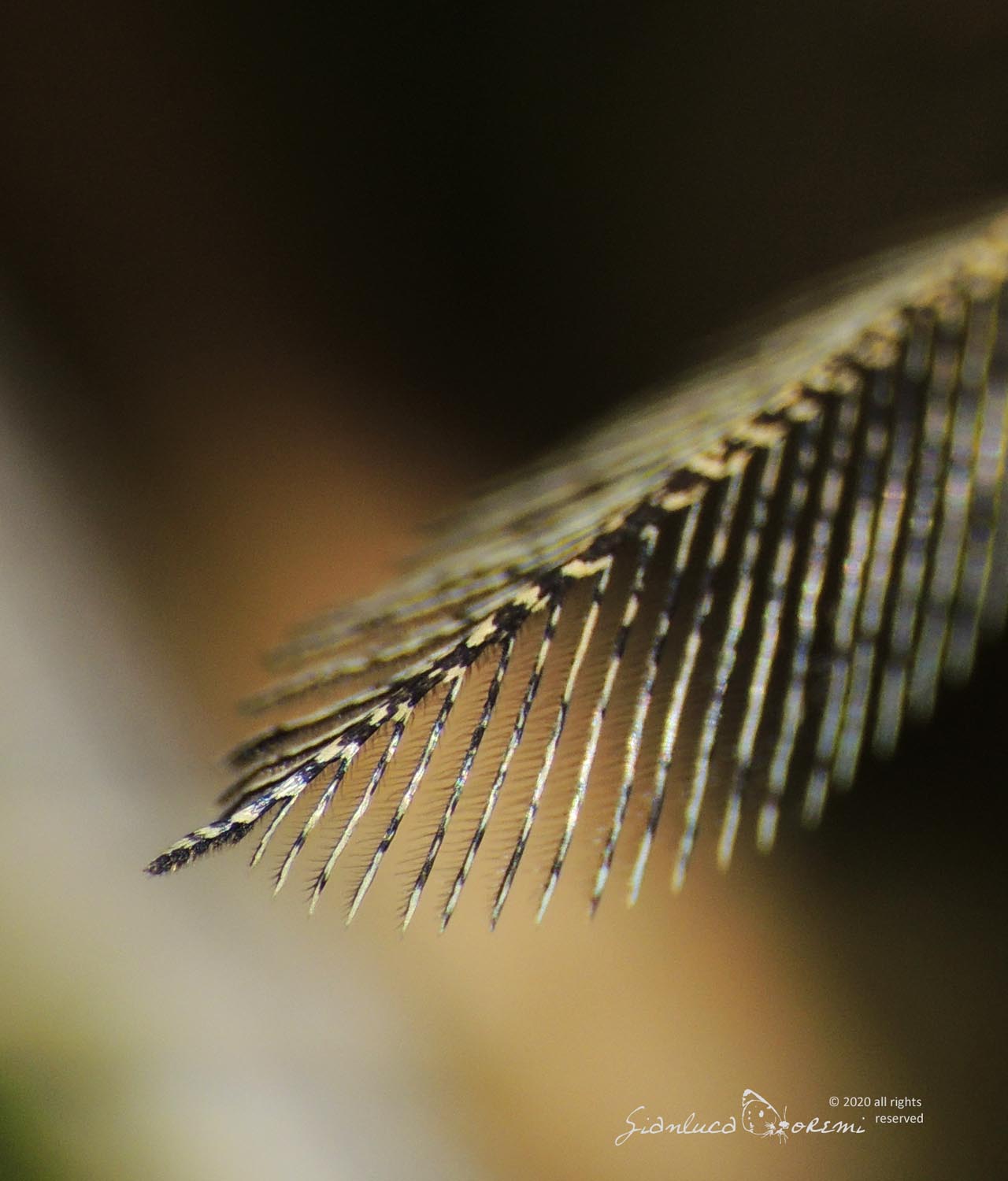
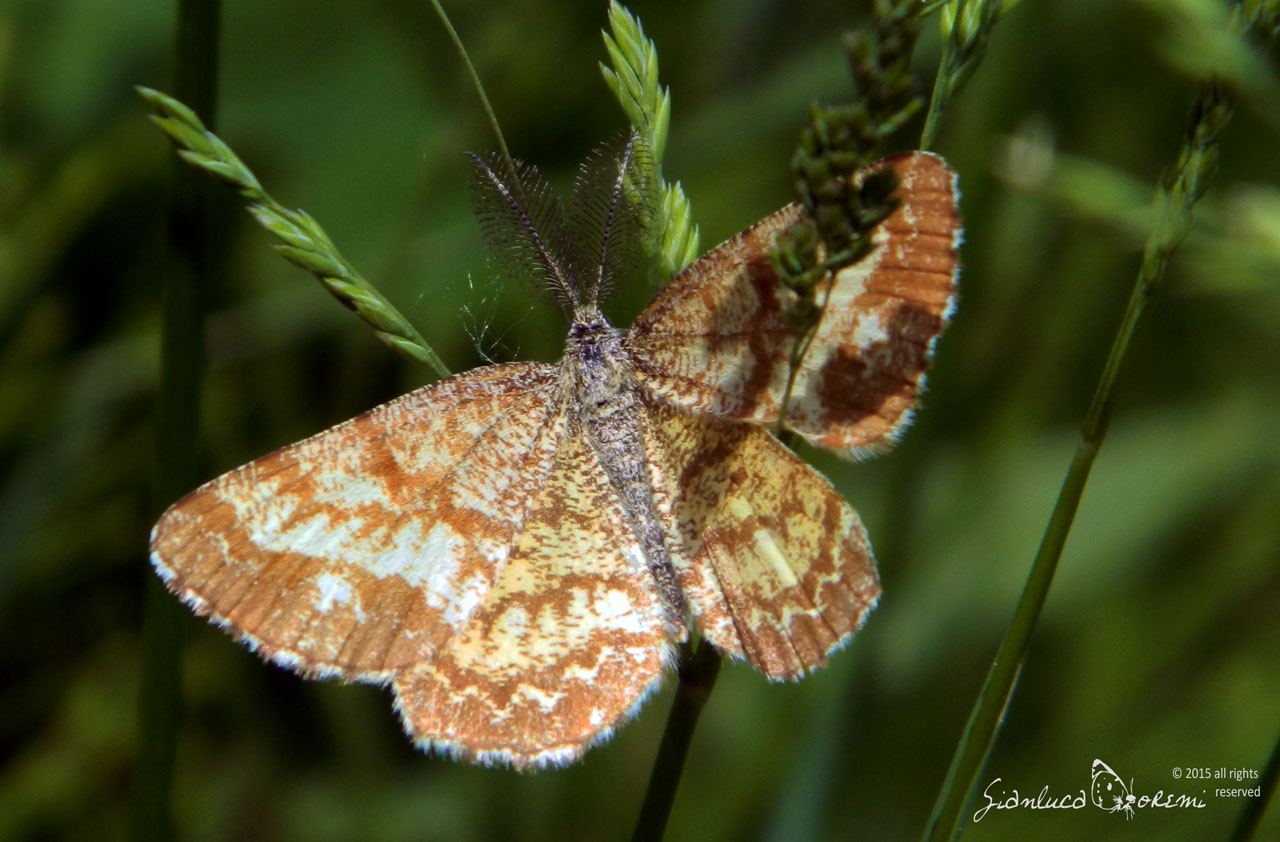
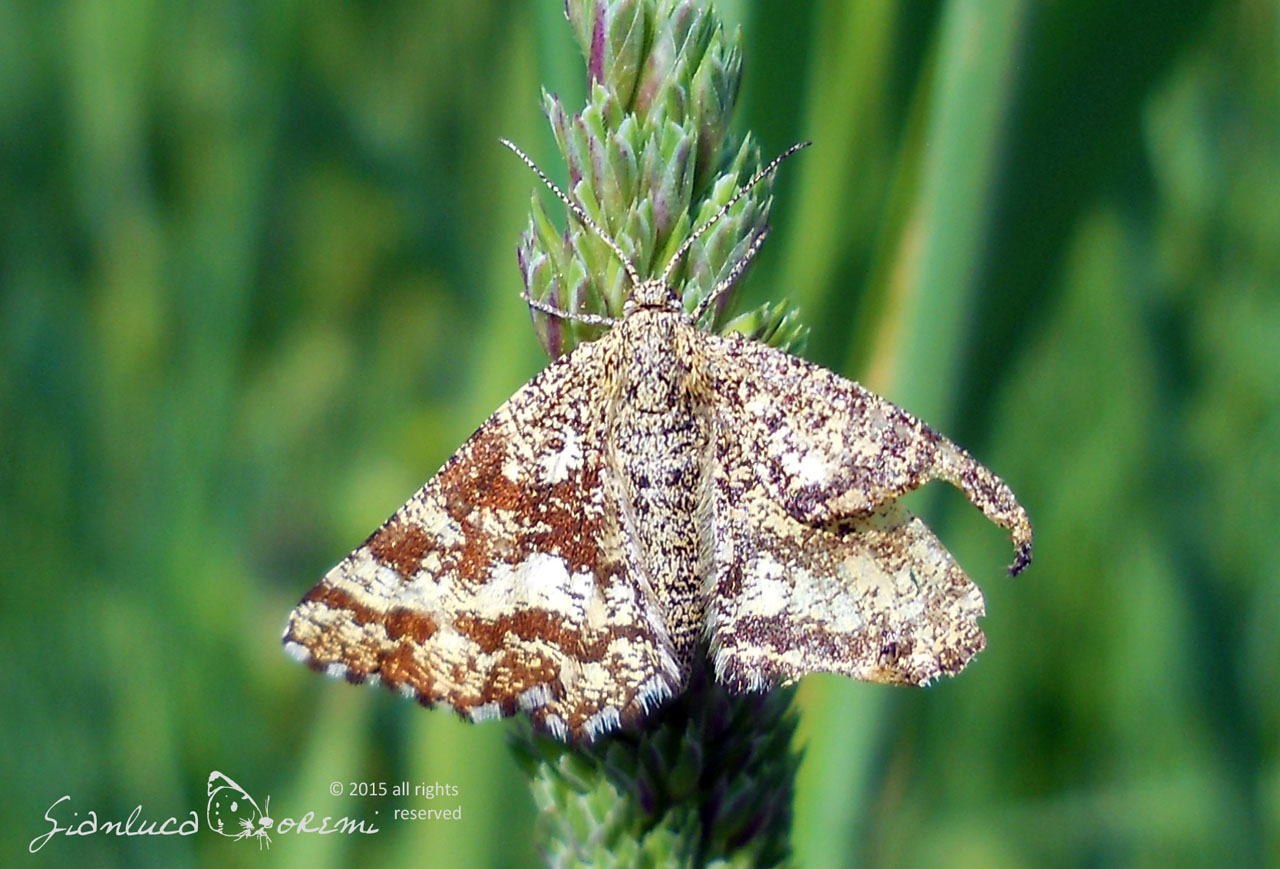
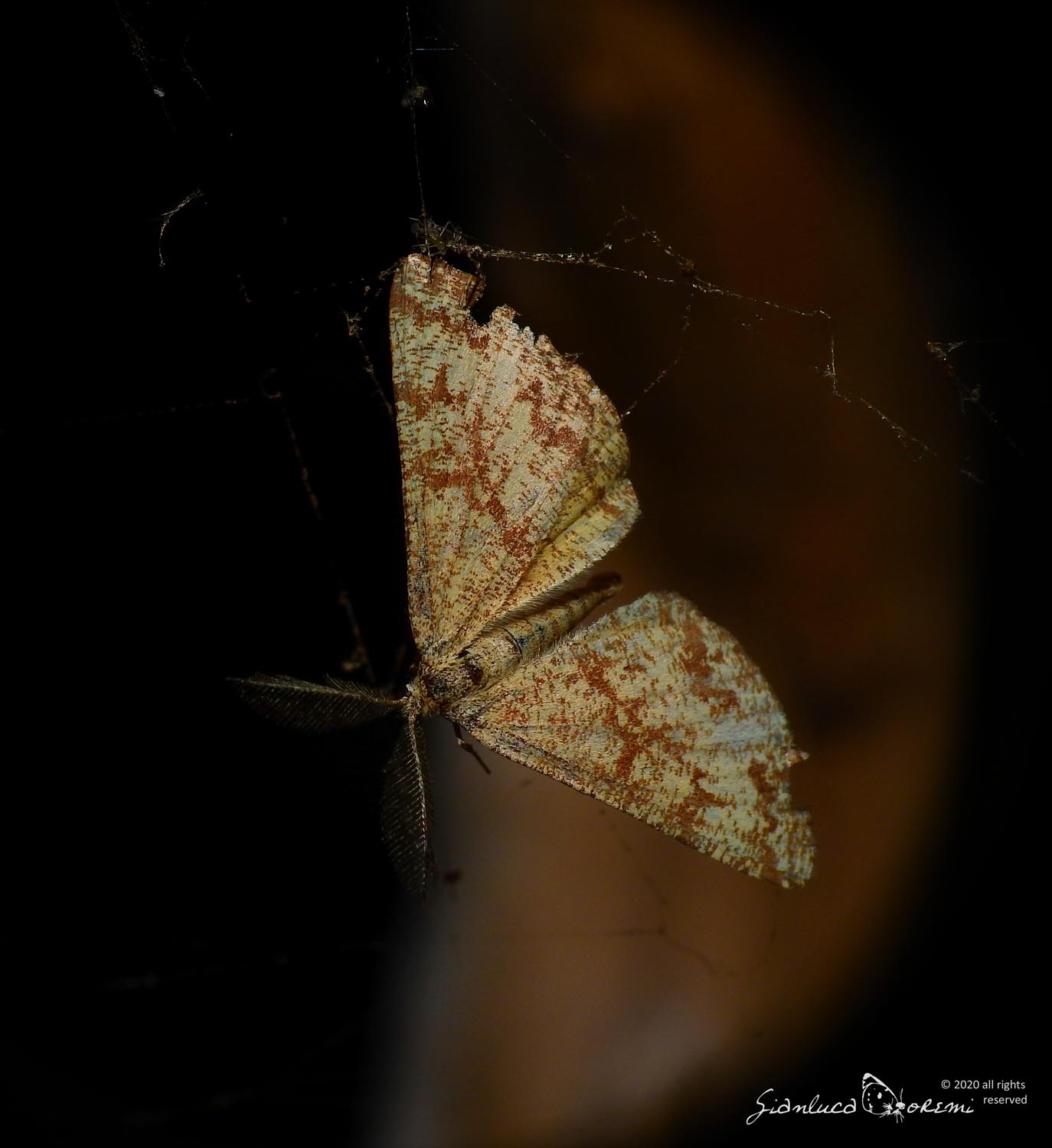


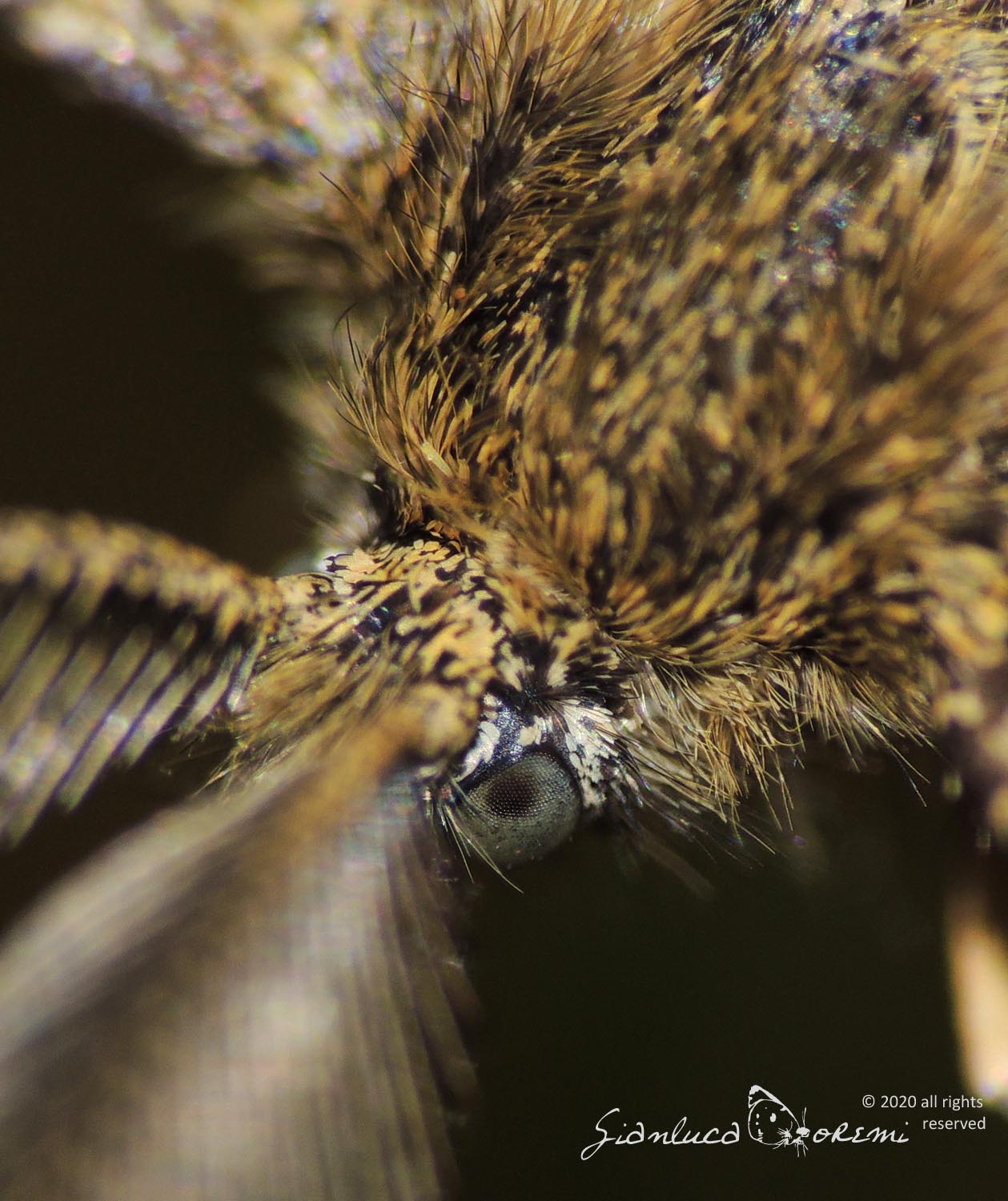
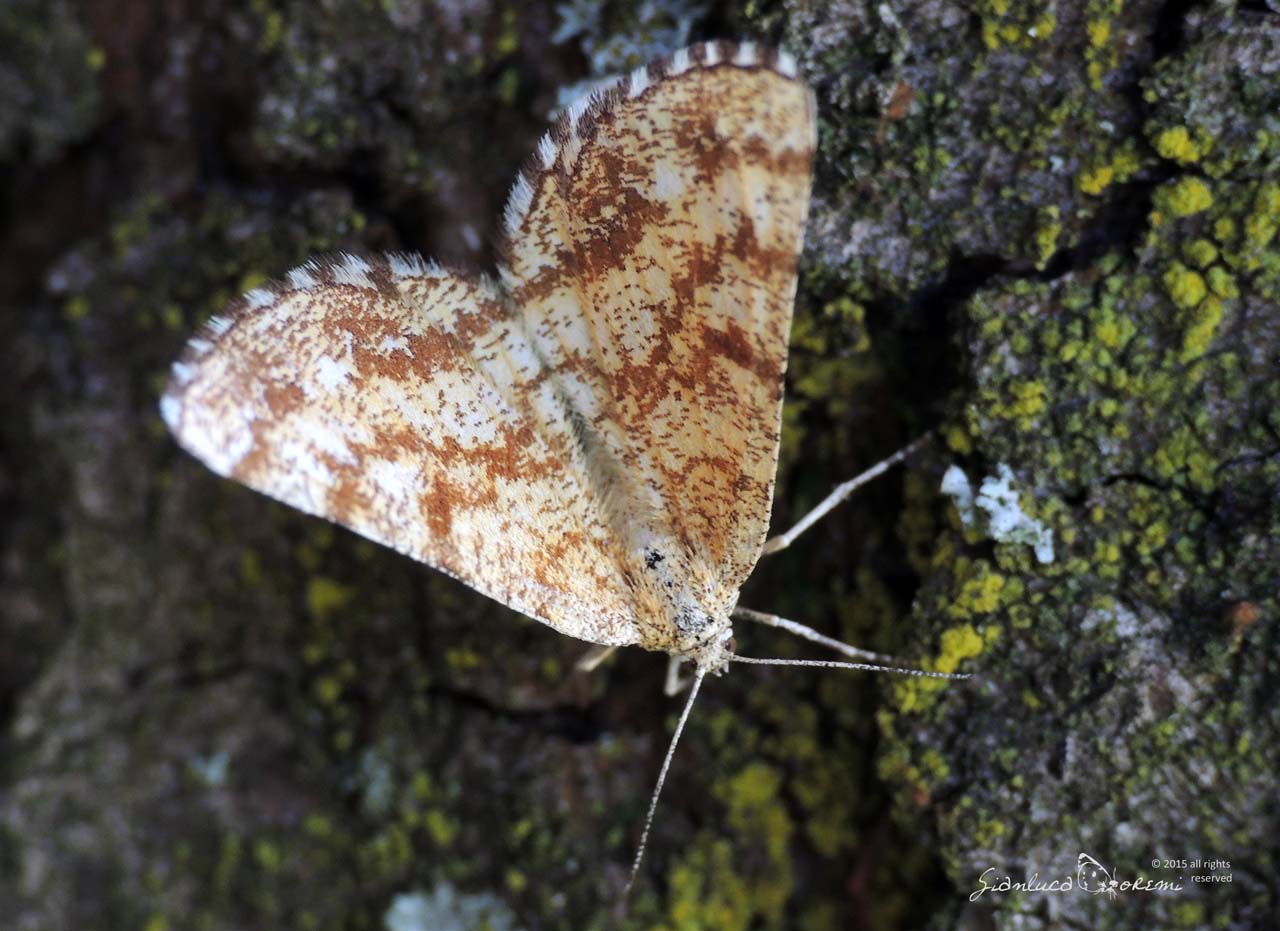
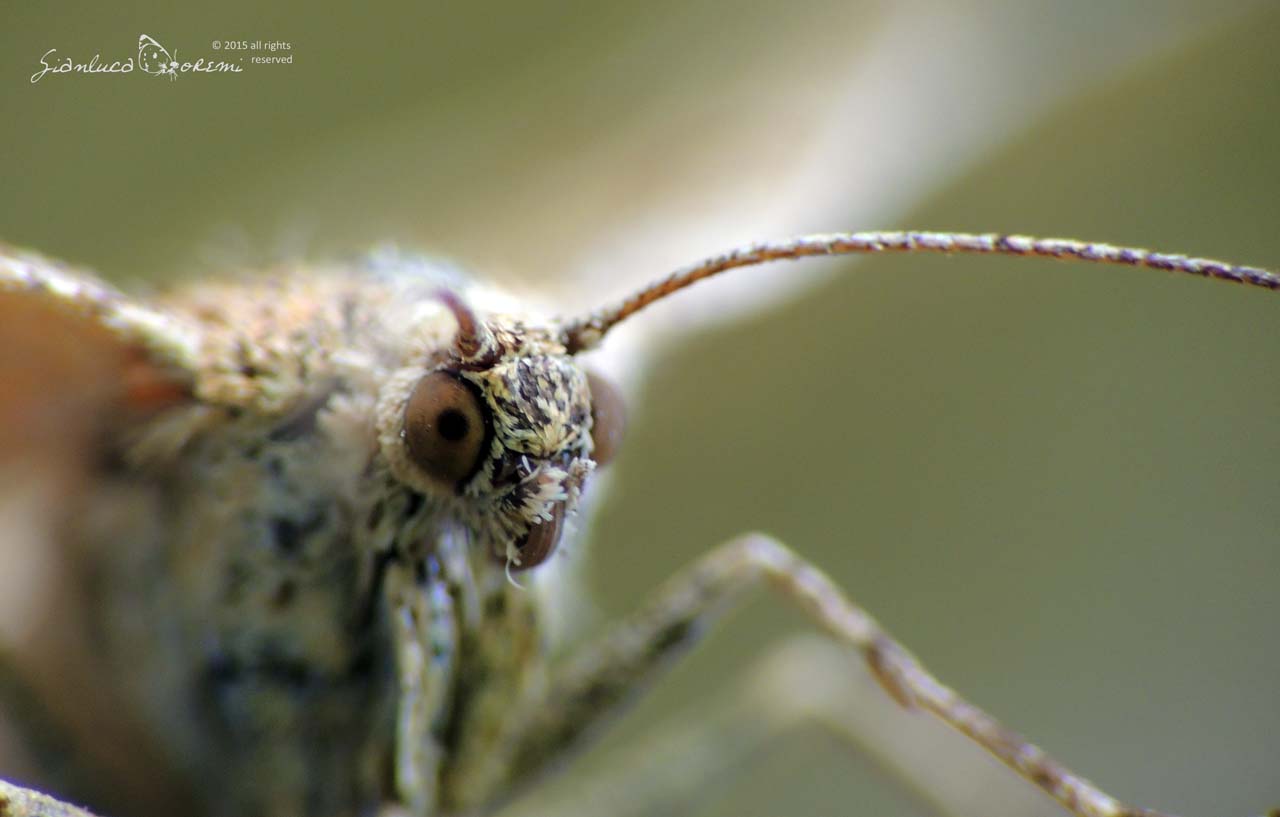
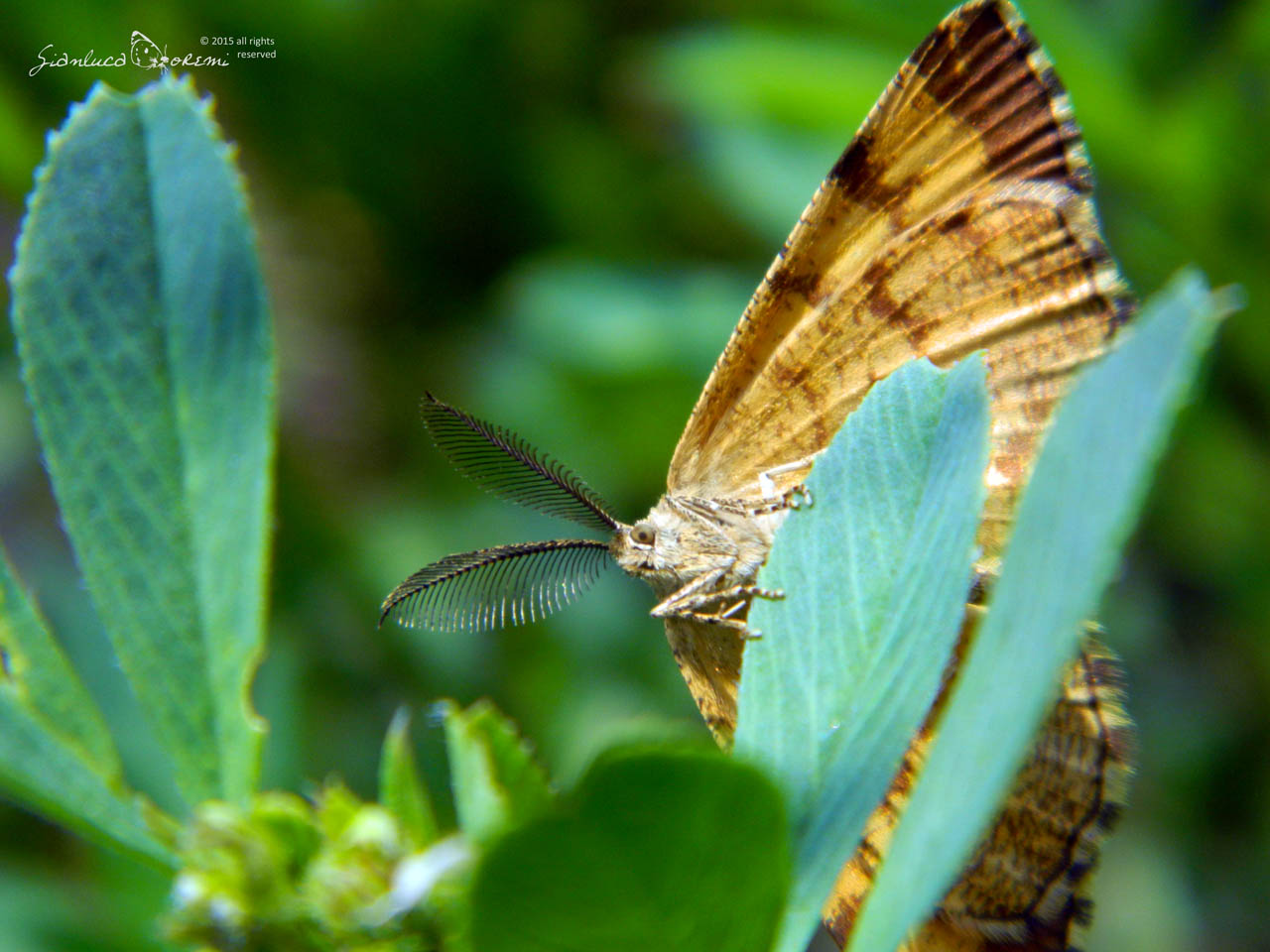
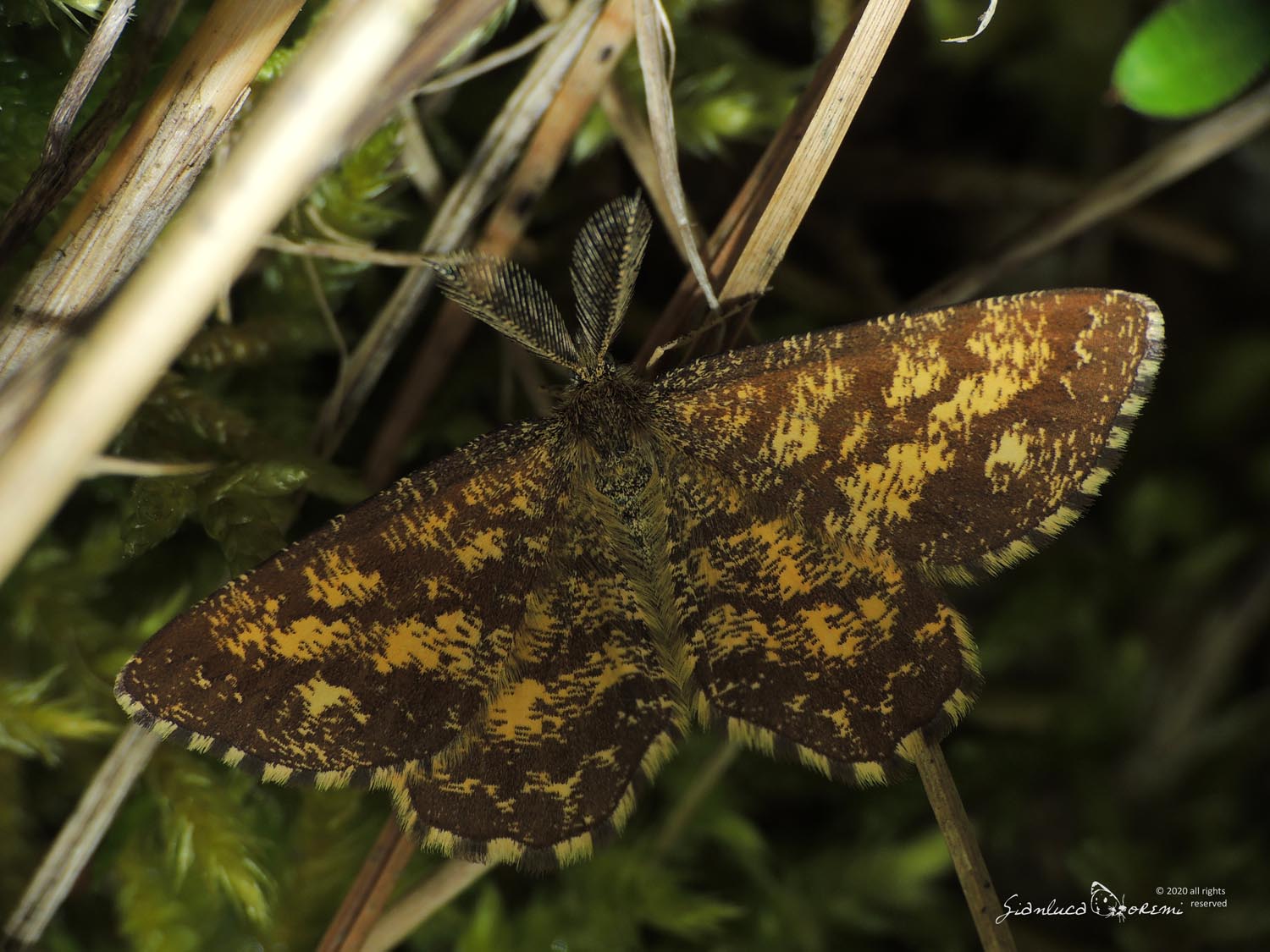
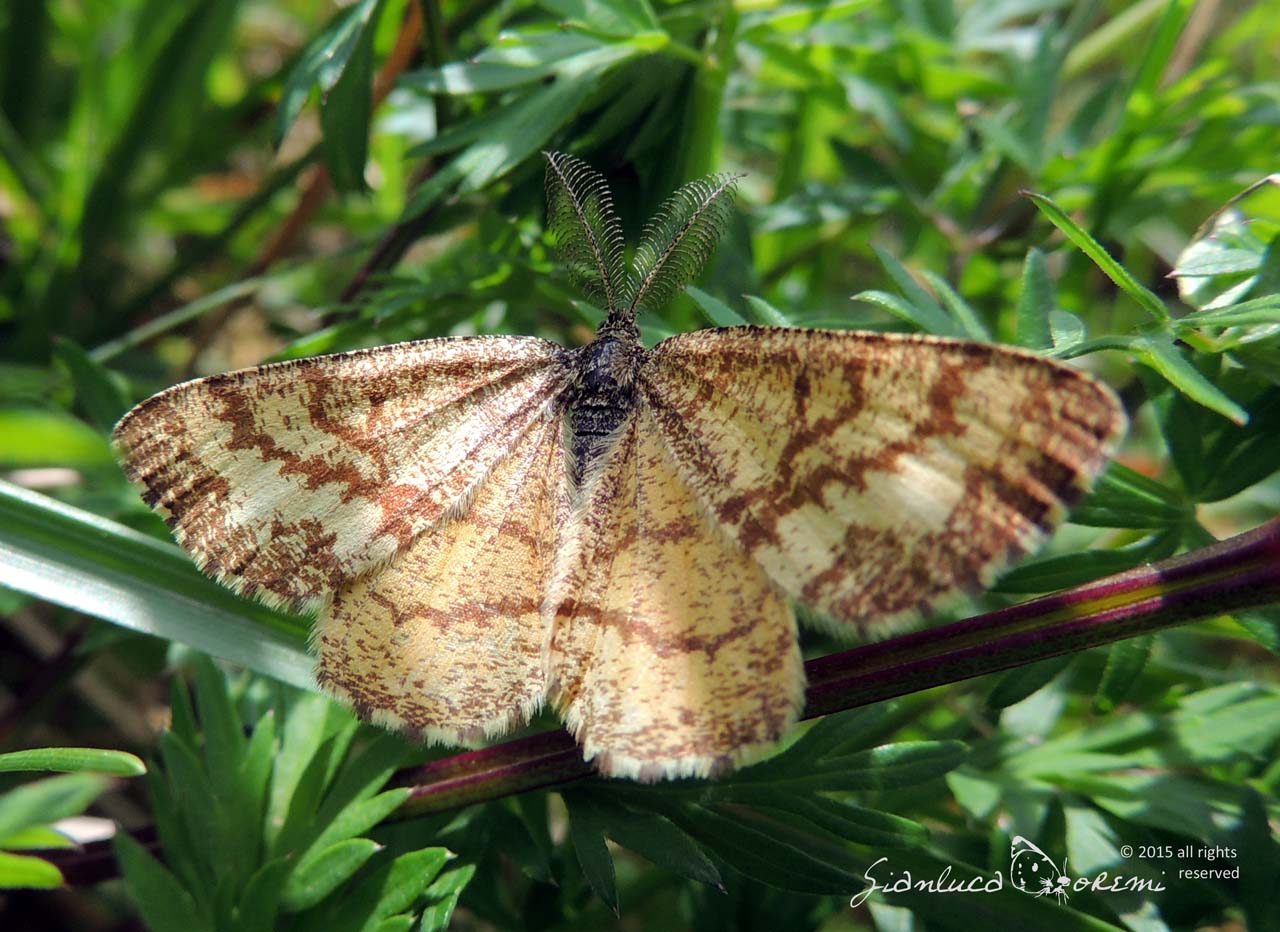


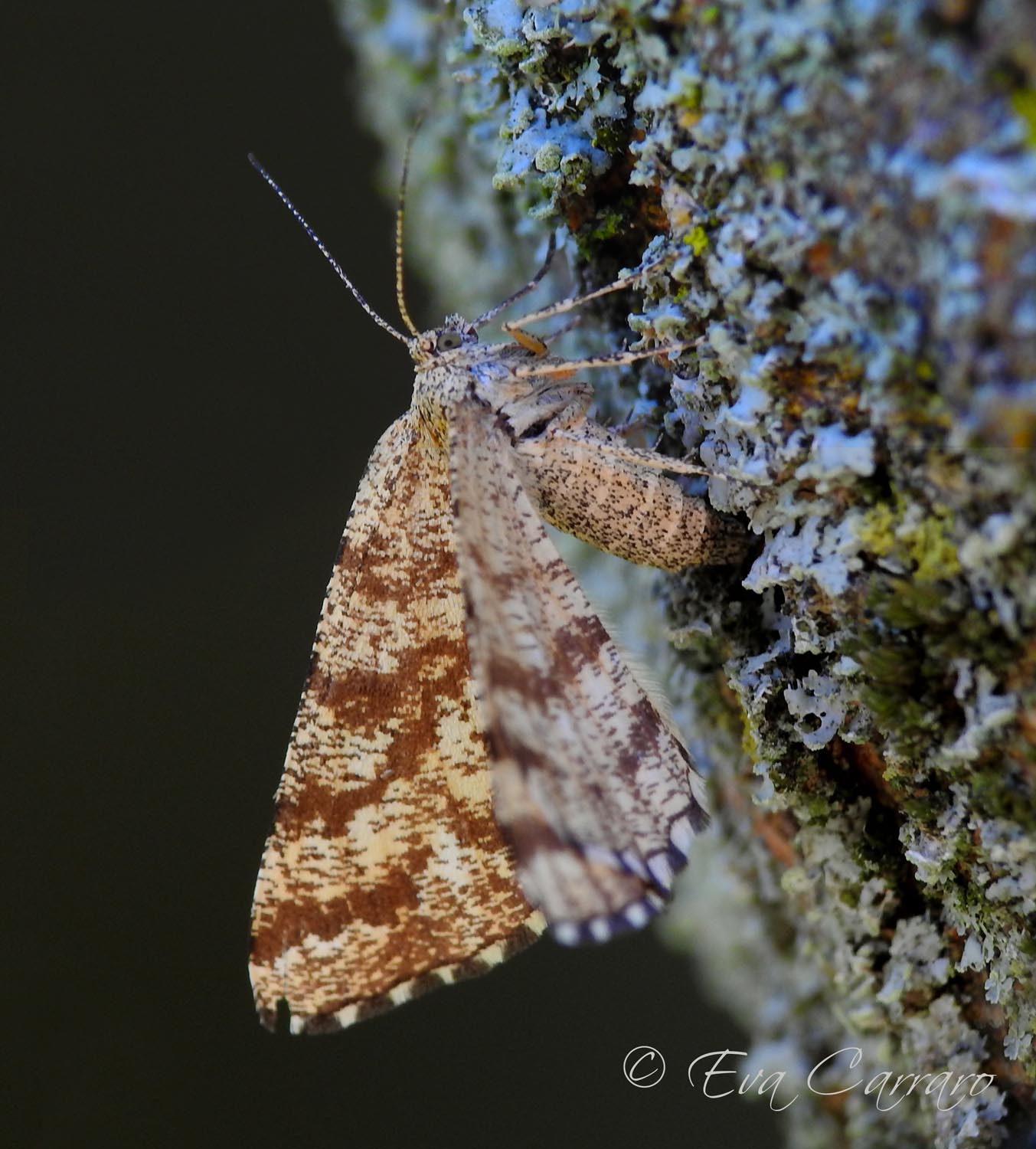


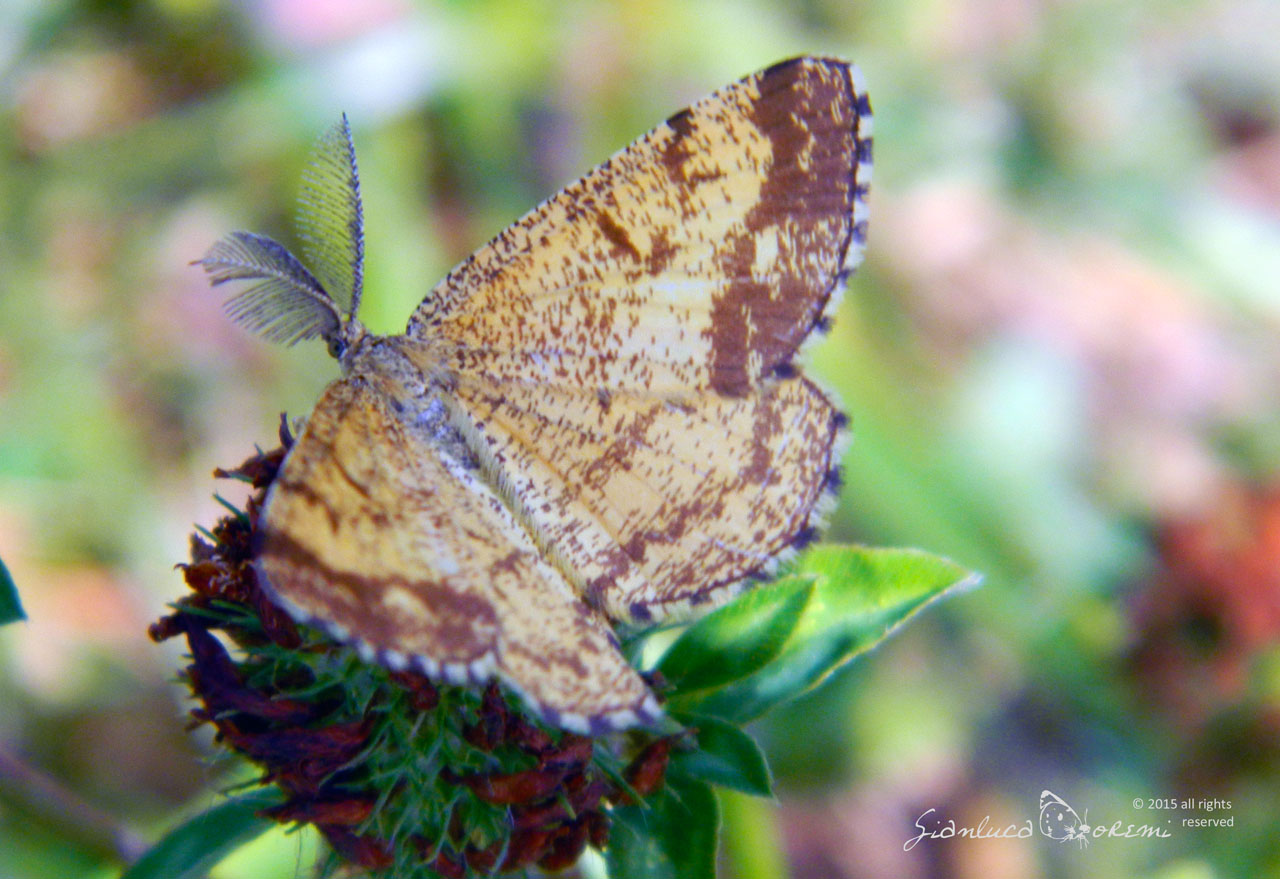
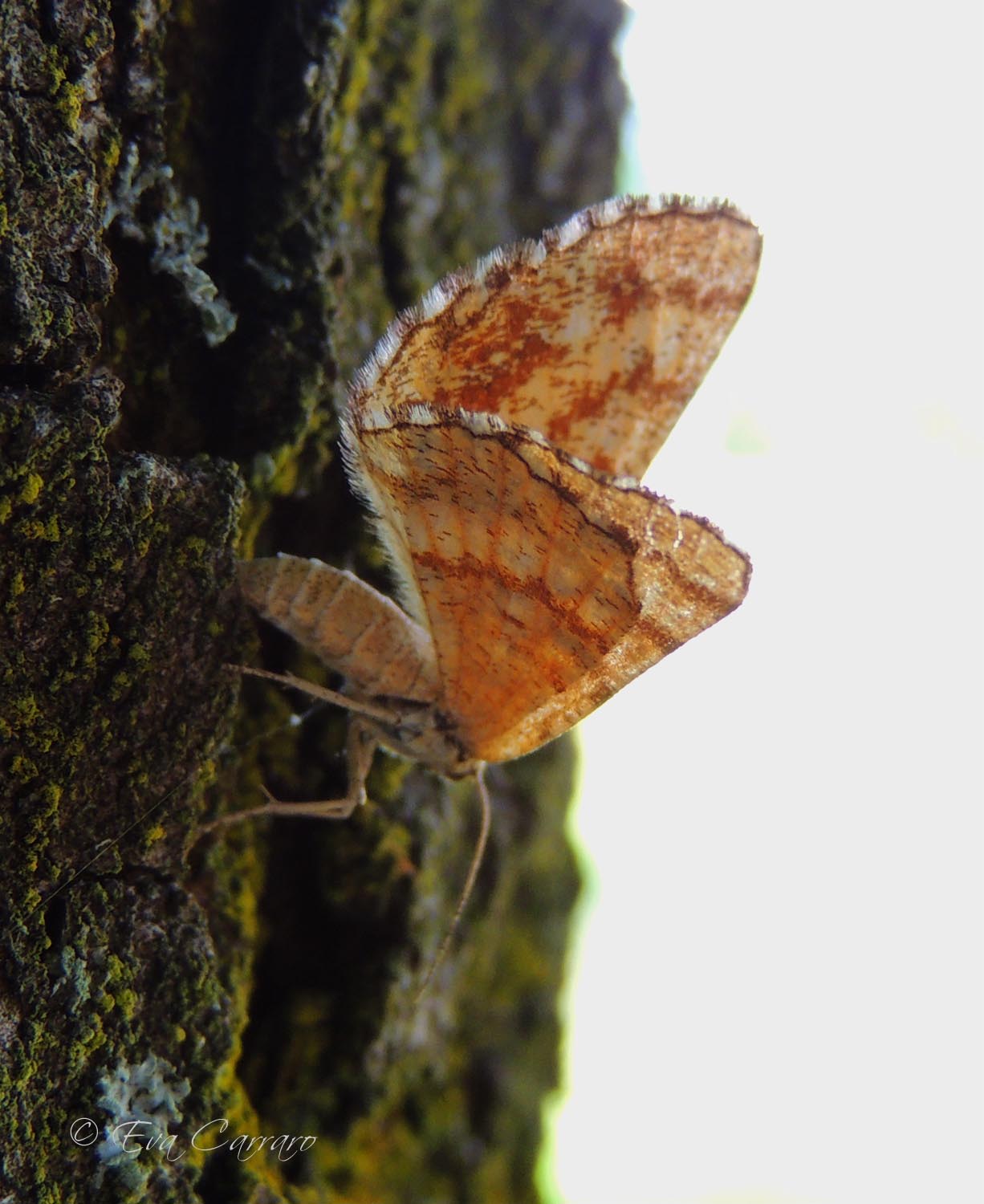
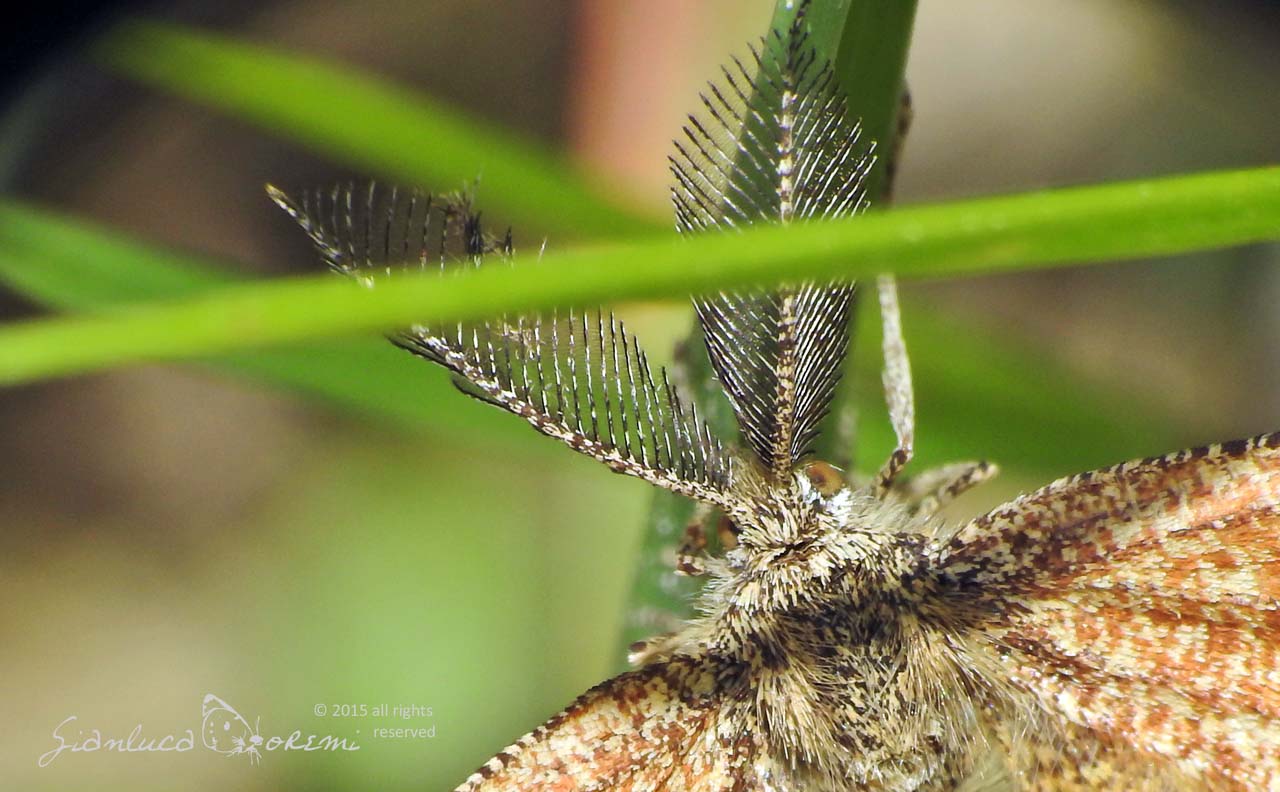

 EN
EN ITA
ITA
Social and publications